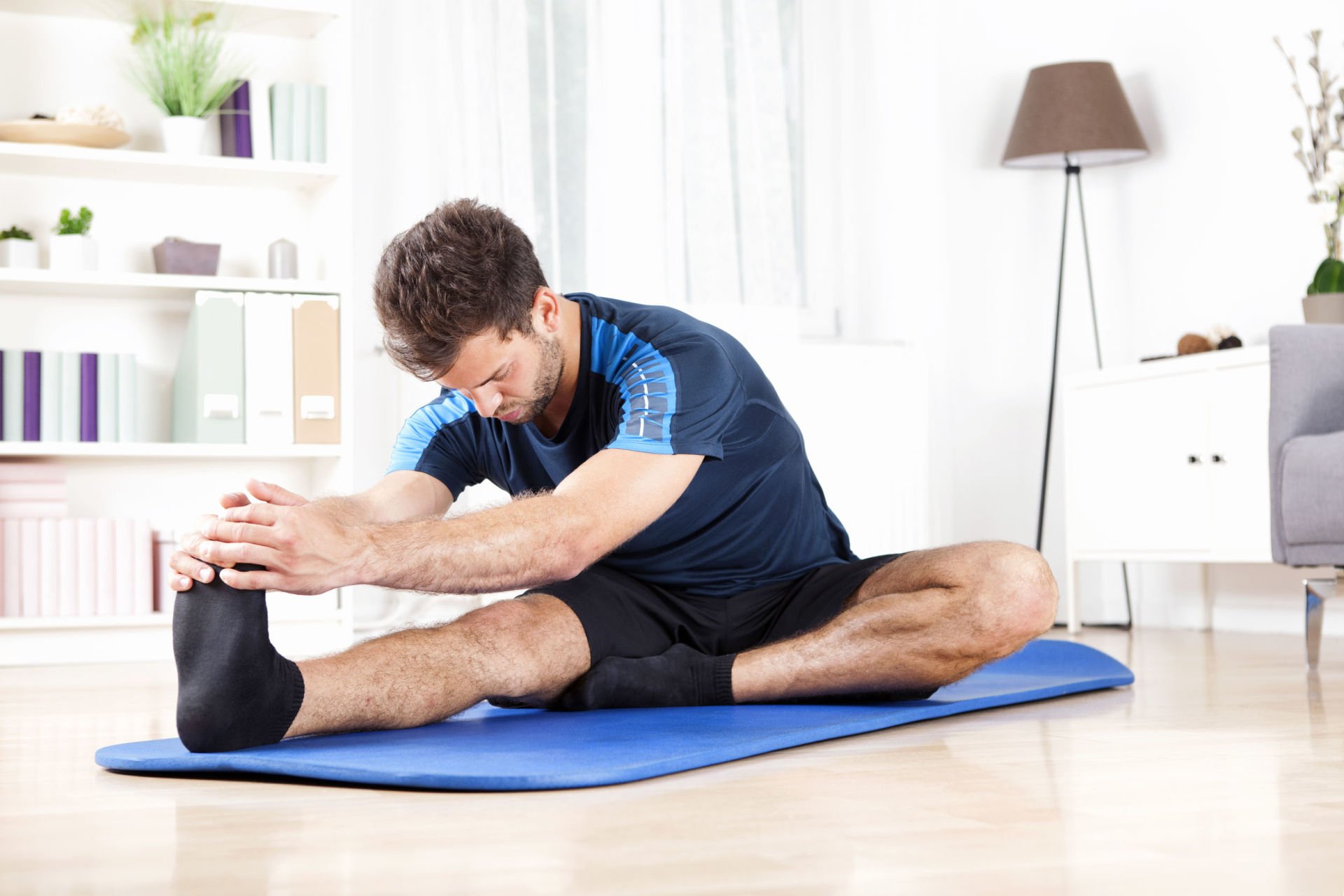Do You Really Need To Stretch?
Stretching has long played an important role in the world of sport and fitness, with many athletes stretching religiously before and after exercise in hopes of preventing injuries.
Lately, this practice has been called into question with many people wondering if stretching really makes a difference to athletic performance. The answer, like most things, is not black and white, as we explore a little in this article.
A brief introduction to stretching
Stretching is a type of movement that increases flexibility by lengthening muscle fibres to the end of their range. Stretching before and after exercise has been thought to reduce the risk of injury, improve athletic performance and reduce muscle soreness after exercise.
The two most common types of stretching are static and dynamic stretching.
Static stretching is when you lengthen your muscle and then hold that position for a period of time.
Dynamic stretching uses movement and momentum of the body to stretch muscles to their end range, without holding the stretch at the end.
What does the research say?
Some research has suggested that static stretching before an activity can actually reduce power, strength and performance. However, these reductions were shown to be minimal and not noticed at all if the stretches were held for less than 45 seconds. It has also been found that stretching does improve flexibility but only for a short period of time. A few minutes after stretching, your joints move further, and with less resistance, so you may have improved flexibility immediately after stretching.
Why stretch at all?
One thing that is undeniable is that stretching feels great, with many people feeling more relaxed and reporting a rush of endorphins after a good stretching session. It is also difficult to test the long-term effects of stretching specific muscles showing abnormal tightness. A long-term static stretching routine will improve your overall flexibility, and this is thought to help prevent injuries, although the evidence is inconclusive.
If you’re an athlete, the decision to stretch or not can be a personal one. A warm-up prior to intense exercise that includes some form of dynamic stretching is generally recommended for reducing injury risk, but of course is no guarantee. Strength and balance training may have a far greater impact on reducing injuries in the long term.
Your physiotherapist is able to guide you on the best stretching advice for your individual activity and they may be able to identify some areas where improving your flexibility will help to reduce injuries and improve performance.
If you would like more information on stretching and would like read more, please read our blog post “8 Top tips of optimal stretching results” HERE.
None of the information in this article is a replacement for proper medical advice. Always see a medical professional for advice on your individual injury.
